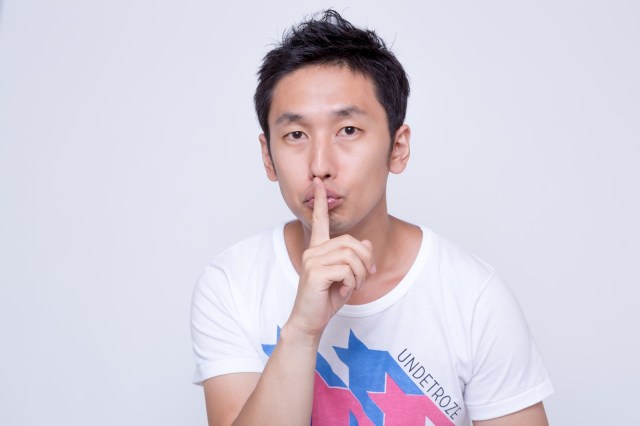Team behind Paralympic opening ceremony kept secret for fear of past scandals coming to light

Once bitten, twice shy.
With the Tokyo Olympics behind us, a majority of Japanese people seem to feel it was a worthwhile endeavor in the end. However, that wasn’t the case in the days leading up to it, when surging COVID-19 infections were fueling opposition to the event, and the staff behind its opening ceremony were announced only to find that key positions filled by people with checkered pasts.
When the team was publicly announced on 14 July, just nine days before the ceremony was to be held, it was discovered that musician Keigo Oyamada (a.k.a. Cornelius) once boasted about bullying he did as a youth in a 1994 magazine interview. This ultimately led to him and much of his contributions to the ceremony being cut from the performance.
▼ I wonder if the news reached Yo Gabba Gabba yet?
By the time the dust was just beginning to settle on that scandal, footage of a Holocaust joke made by the ceremony’s director Kentaro Kobayashi emerged, resulting in his swift removal on the day before the Olympics were to begin.
The show must go on, however, and it did with a reasonably good reception, perhaps aided by the fact that a subdued opening ceremony was considered more appropriate for these troubled times.
▼ Let’s all give thanks that those delightful pictogram people were never arrested for cocaine or involved in cockfighting or anything.
So, how about the Paralympics which are set to kick off on 24 August? Are the members of its opening ceremony production team squeaky clean or do they too have salacious skeletons in their closets?
We don’t know because the Japan Paralympic Committee clearly learned from its Olympic counterpart’s mistakes and won’t reveal who is involved. Nikkan Sports News reported that according to interviews with people involved, the JPC decided that announcing the team members beforehand was too risky. Instead, the people responsible for the opening ceremony’s creation will be unveiled on the same day, which probably won’t give the press enough time to raise a fuss about any questionable members by the time the lights go up.
From the standpoint of reducing the chances of a pre-ceremony crisis, it’s probably a prudent move. However, it’s really bad optics and isn’t going over well at all, if online comments are any indication. Some have even begun to question if this means the JPC already knows they have suspect people on the team and are trying to deliberately cover it up.
“Is it that bad?”
“I feel like I have a right to know where my tax dollars are going.”
“Lol. Sounds like someone there definitely has a problem.”
“It will be worse if a scandal comes out after the fact.”
“That’s reasonable. There’s sure to be someone who did something questionable in the past 20 or 30 years. No one’s perfect.”
“Nothing like a shady cover-up to start off an international sports competition.”
“This is not the best solution.”
It probably isn’t the best solution as the last comment said, and seems to follow the adage that it’s easier to ask for forgiveness than permission. If anything, the team should have been determined and announced far in advance to allow for additional vetting by the public and press, since it’s clearly an inevitable part of the process.
The original Tokyo Olympics logo is a good example. It was unveiled way back in 2015, suspected to have been plagiarized a few days later, and then scrapped about a month after that, resulting in the current design that we all know and think is kind of alright today. The problem was nipped in the expensive bud, and most people don’t even remember that fat Java sparrow anymore.
Source: Nikkan Sports News, Itai News
Top image: Pakutaso
● Want to hear about SoraNews24’s latest articles as soon as they’re published? Follow us on Facebook and Twitter!
Credit:




0 comments: